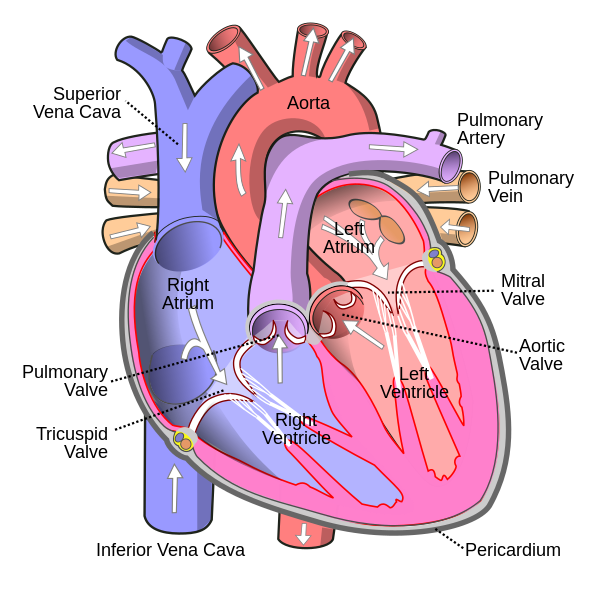We explore pieces of important evidence that offer a contrasting view on lipid control from the national guidelines.
We are also introducing a new EBM resource available to CMA members: InfoPOEMs, which highlights clinical studies that the editorial team finds relevant. http://www.cma.ca/clinicalresources/infopoems
Treatment group
Tools for Practice 2013: “Is Diabetes a Coronary Heart Disease Equivalent?” http://www.acfp.ca/Portals/0/docs/TFP/20131021_093004.pdf
“Though diabetes does confer an increased risk of CV events, it is not automatically equivalent to having experienced a myocardial infarction (MI) (and thus does not always warrant aggressive pharmacotherapy).
CV risk should be predicted, and therapy guided, by taking into account individual risk factors.”
InfoPOEM: “Limited data to guide lipid lowering in octogenarians” http://www.ncbi.nlm.nih.gov/pubmed/20952373
either extremes of cholesterol levels (low or high) are associated with increased mortality in patients >80 years old
Non statin lipid medications
Tools for Practice 2010: “Ezetimibe: Lowers LDL cholesterol but what else?” http://www.acfp.ca/Portals/0/docs/TFP/20111028_105411.pdf
“Eight years after being licensed by the FDA, there is still no evidence that ezetimibe reduces cardiovascular outcomes. It may be worse than niacin and there is concern about a potential increased cancer mortality risk.”
Tools for Practice 2012: “Niacin added to statins for cardiovascular disease? 1 + 1 = 1” http://www.acfp.ca/Portals/0/docs/TFP/20120502_095745.pdf
“In patients with cardiovascular disease already on statin therapy, adding niacin does not improve cardiovascular events. Among lipid treatments, only statin monotherapy has strong evidence for CVD prevention (regardless of lipid levels).”
Tools for Practice 2013: “Fibrates: Statin’s Trusty Sidekick or Lackluster Fallback?” http://www.acfp.ca/Portals/0/docs/TFP/20131007_090323.pdf
“When used alone, fibrates reduce non-fatal coronary events, but have no effect on mortality or other CV events, including stroke. Current evidence suggests fibrates provide no advantage when added to statin therapy.”
InfoPOEM: “Statins but not fibrates associated with lower risk of pancreatitis” http://www.ncbi.nlm.nih.gov/pubmed/22910758
statins significantly reduced risk of pancreatitis, where as fibrates did not
Statin dosing and efficacy
Cochrane 2014: “Statins for the primary prevention of cardiovascular disease” http://summaries.cochrane.org/CD004816/statins-for-the-primary-prevention-of-cardiovascular-disease
“All-cause mortality was reduced by statins (OR 0.86, 95% CI 0.79 to 0.94); as was combined fatal and non-fatal CVD RR 0.75 (95% CI 0.70 to 0.81), combined fatal and non-fatal CHD events RR 0.73 (95% CI 0.67 to 0.80) and combined fatal and non-fatal stroke (RR 0.78, 95% CI 0.68 to 0.89). Reduction of revascularisation rates (RR 0.62, 95% CI 0.54 to 0.72) was also seen. [...] Evidence available to date showed that primary prevention with statins is likely to be cost-effective and may improve patient quality of life. Recent findings from the Cholesterol Treatment Trialists study using individual patient data meta-analysis indicate that these benefits are similar in people at lower (< 1% per year) risk of a major cardiovascular event.”
InfoPOEM: “Statins of modest benefit for low- to moderate-risk persons (NNT ~ 80)” http://www.ncbi.nlm.nih.gov/pubmed/21989464
for a patient group with a mean 10-year risk of cardiovascular death or MI around 6.2%, the NNT for all-cause mortality was 80, for any MI was 72, and for any stroke was 97 over 10 years of statin treatment
InfoPOEM: “Statins for hyperlipidemia reduce all-cause mortality” http://www.ncbi.nlm.nih.gov/pubmed/20934984
for patients with hyperlipidemia (LDL 180 mg/dL or 4.6mmol/L), and a mean follow up of 2.7 years, number needed to treat [NNT] to reduce 1 death = 67
Tools for Practice 2012: “How does high dose statin compare to low dose in people with heart disease?” http://www.acfp.ca/Portals/0/docs/TFP/20120522_090852.pdf
“In patients with coronary heart disease, using high dose statins (compared to low-moderate dose) prevents one CHD event for every 91 patients but results in one in 47 patients discontinuing therapy due to adverse events.
However, low-moderate dose statin (compared to placebo) provides 2-3 times greater benefit than increasing to high dose statin. Therefore, getting and keeping patients on any statin is key, with dose adjusted up to tolerable levels”
Statin side effects
InfoPOEM: “Does statins cause cognitive decline?” http://www.ncbi.nlm.nih.gov/pubmed/24000778
No. Statins are not associated with cognitive decline. Actually, in patients without baseline cognitive impairment, statin use is associated with slower cognitive decline.
Tools for Practice 2013: “Statin-Induced Diabetes: Too Sweet a Deal?” http://www.acfp.ca/Portals/0/docs/TFP/20130527_014005.pdf
“Statins modestly increase blood glucose, which leads to 1 in 250 or so patients crossing the “diabetic threshold” over 5 years. Pre-existing elevated sugars, other diabetes risk factors or higher doses may slightly increase the risk. This should not change statin prescribing as they reduce cardiovascular events and all-cause mortality in appropriate patients.”
Additional tests
InfoPOEM: “CRP of little value for risk stratification” http://www.ncbi.nlm.nih.gov/pubmed/23034020
“In patients with an intermediate 10-year risk of a cardiovascular event (10% – 20%), you would have to screen more than 440 with a C-reactive protein (CRP) test to prevent 1 [cardiovascular] event. This test is quite expensive: in the neighborhood of $100 or more at many laboratories (LOE = 2a)“
(Originally published on February 1, 2014)
The post Dyslipidemia 4: EBM Special appeared first on Family Pharm Podcast.

 Our TOPPODCAST Picks
Our TOPPODCAST Picks  Stay Connected
Stay Connected









